Which of the following is a function of bone?
A. Storage of minerals
B. Detoxification of alcohol
C. Secretion of hormones
D. Production of otoliths
For those aiming to excel in their ATI TEAS test and secure admission into their desired nursing program, ExamGates offers an invaluable resource. Our platform features practice questions meticulously crafted by tutors who have previously aced the exam themselves. With ExamGates, you can access content that is 100% relevant to the test, accompanied by vivid images and illustrations. Additionally, our platform provides comprehensive explanations for both correct and incorrect answers, empowering you to fully grasp the material and optimize your study efforts. Take the first step towards your nursing aspirations with ExamGates today.
The correct answer is a. Storage of minerals. Bones serve as a storage site for minerals such as calcium and phosphorus. These minerals are essential for various bodily functions and can be released from the bones into the bloodstream when needed.
b. Detoxification of alcohol is not a function of bone. This process occurs primarily in the liver.
c. Secretion of hormones is not a function of bone. Hormones are produced and secreted by glands such as the pituitary gland, thyroid gland, and adrenal glands.
d. Production of otoliths is not a function of bone. Otoliths are small calcium carbonate structures found in the inner ear of fish and other vertebrates that help with balance and hearing.
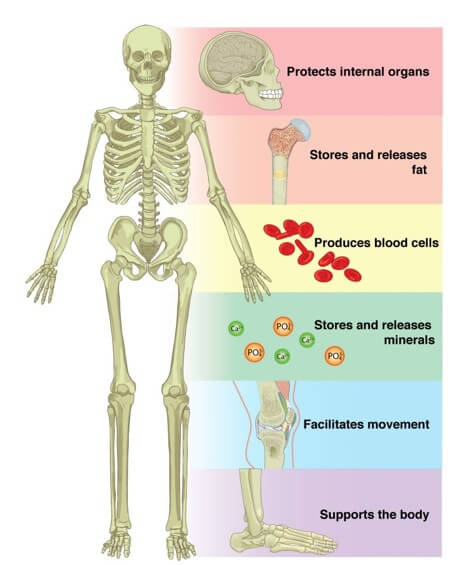
Therefore, the Correct Answer is A.
More Questions on TEAS 7 Science Exam 3
Question 1:
Which of the following growth curves shows a population that is at its carrying capacity?
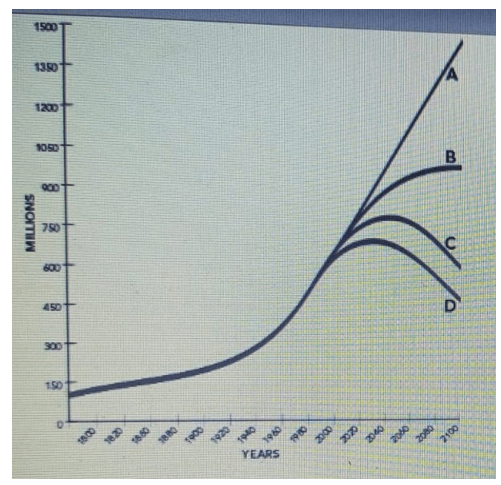
A. B
B. C
C. A
D. D
The Correct Answer is A.A population is said to be at its carrying capacity when it has reached the maximum number of individuals that can be sustained in a particular environment over a prolonged period of time, given the available resources and the prevailing environmental conditions.
In other words, carrying capacity refers to the maximum population size that a given ecosystem can support without being depleted of resources or experiencing environmental degradation. Once a population reaches its carrying capacity, its growth rate slows down and stabilizes, as individuals start to compete more intensely for resources such as food, water, and shelter, and mortality rates increase.
Carrying capacity is an important concept in ecology and population biology because it helps to explain the dynamics of natural populations and how they are influenced by changes in the environment, such as climate change, habitat loss, and human activities.

Question 2:
Hikers who found a human body at high altitude in the Italian Alps thought the man had died recently, but tests indicated he was shot with an arrow more than 5,300 years ago. Which of the following would be the best reason for prolonged preservation of the body?
A. The ultraviolet rays at such a high altitude caused all his molecules to be preserved.
B. The food that the person ate contained toxins that killed the bacteria that would have otherwise destroyed the body.
C. The body was frozen in the cold temperature of the Alps shortly after he died and remained frozen until it was found.
D. The arrow wound caused blood to flow out of the body which led the enzymes that would break down tissue to be cleared from the body.
The Correct Answer is C.The best reason for the prolonged preservation of the body is that it was frozen in the cold temperature of the Alps shortly after death and remained frozen until it was found. Freezing can preserve a body by slowing down or stopping the decomposition process.
The other options are not as likely to have caused prolonged preservation.
Ultraviolet rays can damage molecules rather than preserve them. Toxins in food would not necessarily kill all bacteria that could cause decomposition. Blood loss from an arrow wound would not necessarily clear all enzymes that could break down tissue.
Question 3:
The covalent bonds between the monomers of an enzyme macromolecule are:
A. Ester bonds
B. Peptide bonds
C. Phosphodiester bonds
D. Glycosidic bonds
The Correct Answer is B.The correct answer is b. Peptide bonds. Enzymes are proteins, and proteins are made up of amino acid monomers linked together by peptide bonds. A peptide bond is a covalent bond that forms between the carboxyl group of one amino acid and the amino group of another amino acid.
a. Ester bonds are covalent bonds that form between a carboxylic acid and an alcohol.
c. Phosphodiester bonds are covalent bonds that form between a phosphate group and two hydroxyl
groups.
d. Glycosidic bonds are covalent bonds that form between two monosaccharides.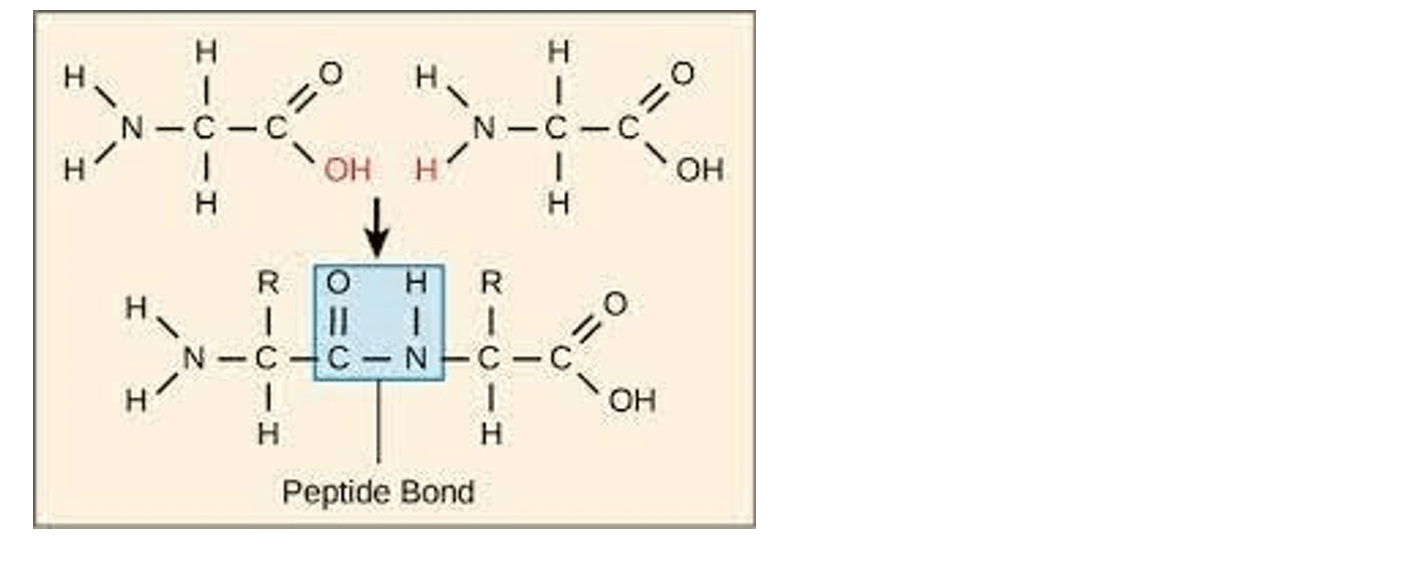
Question 4:
Which of the following processes causes most of the carbon dioxide from the blood to move into the alveoli?
A. Passive transport using carrier proteins
B. Active transport using energy
C. Conversion to carbon monoxide
D. Diffusion down a concentration gradient
The Correct Answer is D.Most of the carbon dioxide from the blood moves into the alveoli by diffusion down a concentration gradient ¹. Carbon dioxide is always carried in the blood and is released into alveolar air during expiration ¹. Respiratory gases move from higher concentration to lower concentration ¹. In alveolar air, when carbon dioxide is less than in blood, carbon dioxide is released ¹.
The other options are incorrect because they do not accurately describe the process by which most of the carbon dioxide from the blood moves into the alveoli. Passive transport using carrier proteins, active transport using energy, and conversion to carbon monoxide is not the processes responsible for moving most of the carbon dioxide from the blood into the alveoli.
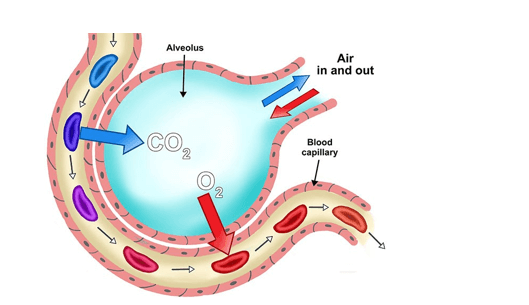
Question 5:
Which of the following is the function of a totipotent cell?
A. Develops into any kind of cell
B. Fights infectious diseases
C. Aids in the maturation of sex cells
D. Carries electrical impulses
The Correct Answer is A.The function of a totipotent cell is to develop into any kind of cell ¹. Totipotent cells have the capacity to produce all adult cell types and can enter the germ line, contributing genetic material to succeeding generations ?. They have the ability to self-replicate, producing daughter cells that are identical to the parent ?.
The other options are incorrect because they do not accurately describe the function of a totipotent cell. Fighting infectious diseases, aiding in the maturation of sex cells, and carrying electrical impulses are not functions performed by totipotent cells.
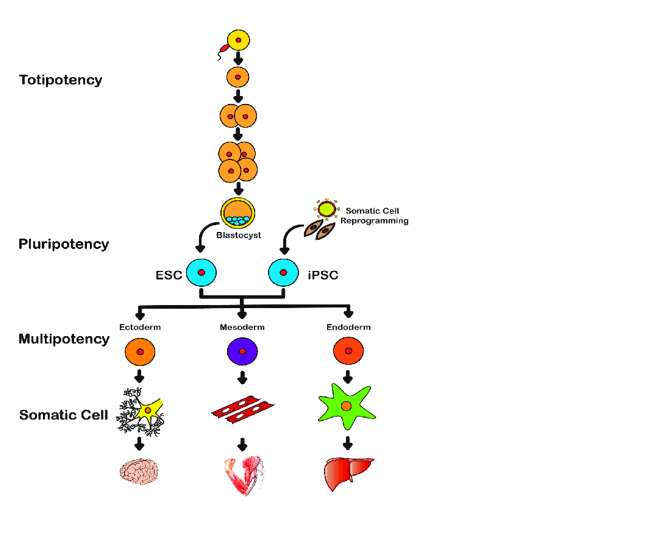
Question 6:
Punnet Square
An organism with an unknown genotype is crossed with another organism that shows the recessive trait (aa). The Punnet square below shows the results. Which of the following is the unknown genotype?
|
|
Unknown |
Unkonwn |
|
a |
Aa |
aa |
|
a |
Aa |
aa |
A. a
B. Aa
C. aa
D. AA
The Correct Answer is B.The unknown genotype is Aa. This can be inferred from the Punnet square, which shows that half of the offspring are Aa and half are aa. This indicates that the unknown parent must have one dominant allele (A) and one recessive allele (a), making its genotype Aa.
The other options are not correct because they do not match the results shown in the Punnet square. If the unknown genotype was aa or AA, all of the offspring would have the same genotype as their parent. If the unknown genotype was a, it would not be a valid genotype as it only has one allele.
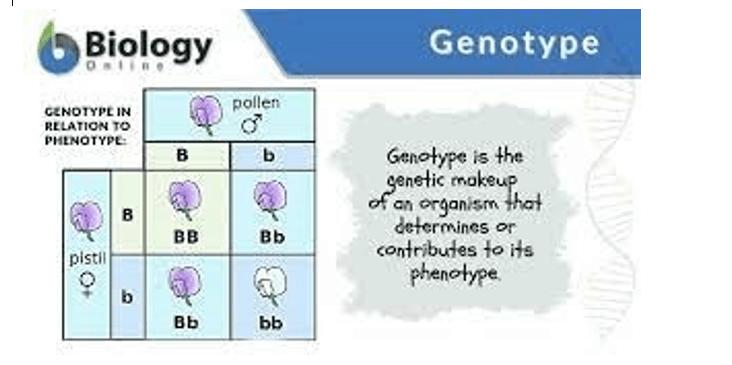
Question 7:
Which of the following substances is responsible for donating H+ ions to act as a buffer when blood pH rises?
A. Oxygen
B. Carbon monoxide
C. Carbon dioxide
D. Carbonic acid
The Correct Answer is D.The correct answer is d. Carbonic acid. When blood pH rises, carbonic acid can donate H+ ions to act as a buffer and help maintain the pH within a normal range. Carbonic acid is formed when carbon dioxide dissolves in water and reacts with it.
A. Oxygen is not responsible for donating H+ ions to act as a buffer when blood pH rises.
B. Carbon monoxide is a toxic gas that does not play a role in buffering blood pH.
C. Carbon dioxide can dissolve in water to form carbonic acid, which can then donate H+ ions to act as a buffer.
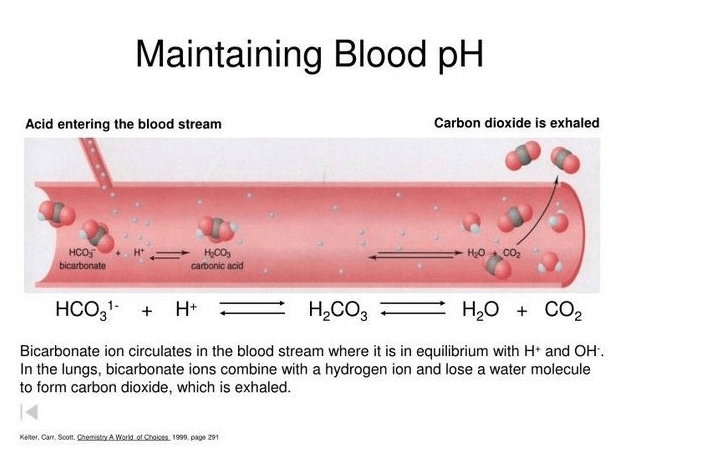
Question 8:
Which of the following terms describes the relaxation of the chambers of the heart during the cardiac cycle?
A. Tachycardia
B. Diastole
C. Systole
D. Bradycardia
The Correct Answer is B.The relaxation of the chambers of the heart during the cardiac cycle is called diastole ¹. The cardiac cycle is a sequence of events that occurs when the heart beats ². It consists of two phases: systole, when the heart contracts and pumps blood into circulation, and diastole, when the heart relaxes and fills with blood ².
The other options are not correct because they do not accurately describe the relaxation of the chambers of the heart during the cardiac cycle. Tachycardia is a rapid heart rate, bradycardia is a slow heart rate, and systole is the contraction of the heart chambers.
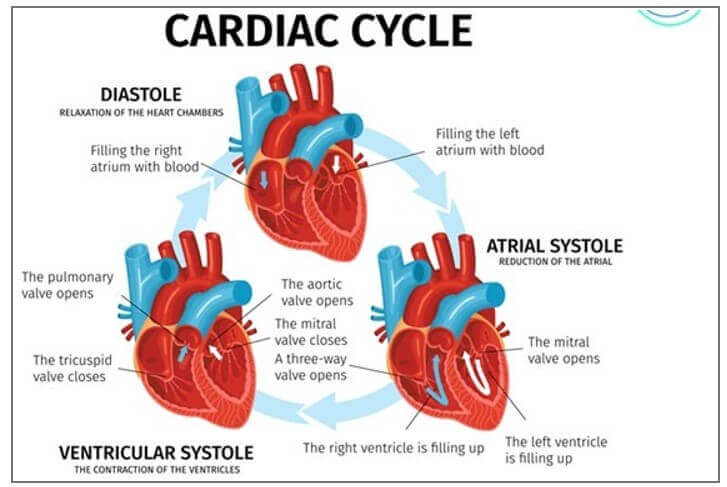
Question 9:
If a portion of a strand of DNA bases reads 3’TCGATCGCA 5’, what would the sequence of bases on the complementary strand read?
A. 5’AGCTAGCGT 3’
B. 3’ TCGUTCGCU 5’
C. 3’ AGCTAGCGT 5’
D. 5’ GGUTACTAC 3’
The Correct Answer is A.The sequence of bases on the complementary strand of DNA would read 5’AGCTAGCGT 3’ (Choice A). In DNA, the nitrogenous bases adenine (A) and thymine (T) pair together, and cytosine (C) and guanine (G) pair together. The complementary strand is also antiparallel to the original strand, meaning that it runs in the opposite direction with the 5' end matching up with the 3' end of the original strand.
The other options do not accurately represent the complementary sequence of bases or the antiparallel orientation of the strands.
BONUS:

Question 10:
Use the table below to answer the question.
|
Object |
Mass (g) |
Time of fall (sec) |
|
1 |
5.0 |
2.0 |
|
2 |
5.0 |
1.0 |
|
3 |
30.0 |
0.5 |
|
4 |
35.0 |
1.5 |
Which of the following conclusions is supported by the data?
A. Objects A and B will fall at the same rate.
B. The greater the mass of an object, the faster it will fall.
C. The time of fall is independent of the mass of the object.
D. Air resistance could be greater for A than for B.
The Correct Answer is D.